N.C. State’s High-Tech Research Campus Helps Farmers
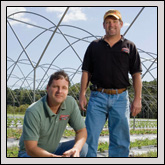 Rowan County Farm Bureau members Doug and Randall Patterson are third-generation operators of Patterson Farms, a 600-acre spread in China Grove. Part of their crop production includes raising strawberries, and the brothers face the same obstacles as many other berry growers.
Rowan County Farm Bureau members Doug and Randall Patterson are third-generation operators of Patterson Farms, a 600-acre spread in China Grove. Part of their crop production includes raising strawberries, and the brothers face the same obstacles as many other berry growers.
“Our growing season is so short. That’s our main challenge here,” Doug Patterson says about that crucial time between April and June.
In an effort to enlarge that window, not only for the Pattersons but many more farmers in North Carolina, scientists are working feverishly at one of the most elaborate research parks in the nation, and it’s located within 30 minutes of where Doug and Randall Patterson work and live.
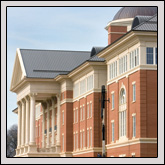 The North Carolina Research Campus is a multibillion-dollar site located on what was the former Pillowtex textile mill in Kannapolis. Dole Foods owner David Murdock bought the site, razed the former plant in the largest demolition project in state history and planted state-of-the-art facilities that will be occupied by more than a half dozen of North Carolina’s colleges and universities, as well as many private-sector companies.
The North Carolina Research Campus is a multibillion-dollar site located on what was the former Pillowtex textile mill in Kannapolis. Dole Foods owner David Murdock bought the site, razed the former plant in the largest demolition project in state history and planted state-of-the-art facilities that will be occupied by more than a half dozen of North Carolina’s colleges and universities, as well as many private-sector companies.
The overall objective of the Research Campus is to enhance the knowledge of nutrition and how it relates to treatable diseases. Improved eating, Murdock believes, will extend a person’s productivity and longevity.
While institutions such as the University of North Carolina-Chapel Hill and Rowan-Cabarrus Community College have facilities at the Research Campus, or soon will, the university that will have the closest relationship with North Carolina farmers through the campus not surprisingly will be North Carolina State University.
 Staffed by the College of Agriculture and Life Sciences, the role of the N.C. State University Fruit and Vegetable Science Institute is to develop a new generation of fruits and vegetables with superior nutritional and horticultural characteristics. That objective is how one of those staff scientists, Dr. Jeremy Pattison, became fully acquainted with Doug and Randall Patterson. As much as Pattison enjoys working in a lab setting, it’s the relationship he’s built with farmers like the Pattersons that’s made the potential of the Research Campus even greater.
Staffed by the College of Agriculture and Life Sciences, the role of the N.C. State University Fruit and Vegetable Science Institute is to develop a new generation of fruits and vegetables with superior nutritional and horticultural characteristics. That objective is how one of those staff scientists, Dr. Jeremy Pattison, became fully acquainted with Doug and Randall Patterson. As much as Pattison enjoys working in a lab setting, it’s the relationship he’s built with farmers like the Pattersons that’s made the potential of the Research Campus even greater.
“Without the growers, we’re out here being scientists for academic fun,” Pattison says. “The challenges that the grower has on the farm sets my priorities as a researcher. When we take that approach, we need to overlap our interests. We need to match my scientific ability on top of a problem that industry is having. That way we’re always making sure we’re going down the same road together.
“I’m getting the ability to apply my science in an arena that pays dividends and provides impact that gives that grower a competitive advantage, that solves a problem for him, makes him more profitable and keeps him on the farm,” Pattison adds.
The particular project that could aid the Pattersons is a series of tunnels over top of an acre of strawberry plants. These tunnels would act just like a greenhouse, protecting the plants from harsh weather conditions. Patterson Farms planted the strawberries in late September with the intention of adding a clear plastic cover on top of the tunnel frames in October. If all goes according to plan, Patterson Farms could sell fresh strawberries to its cast of local retailers and wholesalers in December.
 “This is going to be a daily chore as soon as we cover these tunnels up,” Randall Patterson says. “The strawberry industry really needs this to work due to the short growing seasons. There might not be four weeks sometimes. That’s tough to gain your expenses back in that short of a time. If you have eight weeks, you have a better chance of making a profit.”
“This is going to be a daily chore as soon as we cover these tunnels up,” Randall Patterson says. “The strawberry industry really needs this to work due to the short growing seasons. There might not be four weeks sometimes. That’s tough to gain your expenses back in that short of a time. If you have eight weeks, you have a better chance of making a profit.”
Whether it’s with strawberries, blueberries, tomatoes or a host of other fruits and vegetables, scientists at the North Carolina Research Campus aim to conduct study and field work with all of these products. It could spell an overall boost for the agriculture industry in the state.
“The Research Campus is really in a unique position,” Pattison says. “What happens in the field, what we’re doing in the lab, what we’re doing on a farm, we make those legs compatible with each other. That’s a great advantage for North Carolina.”



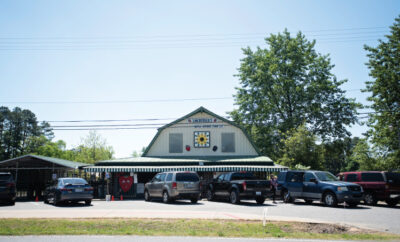
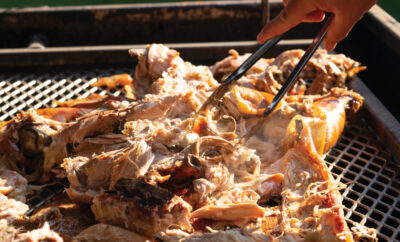

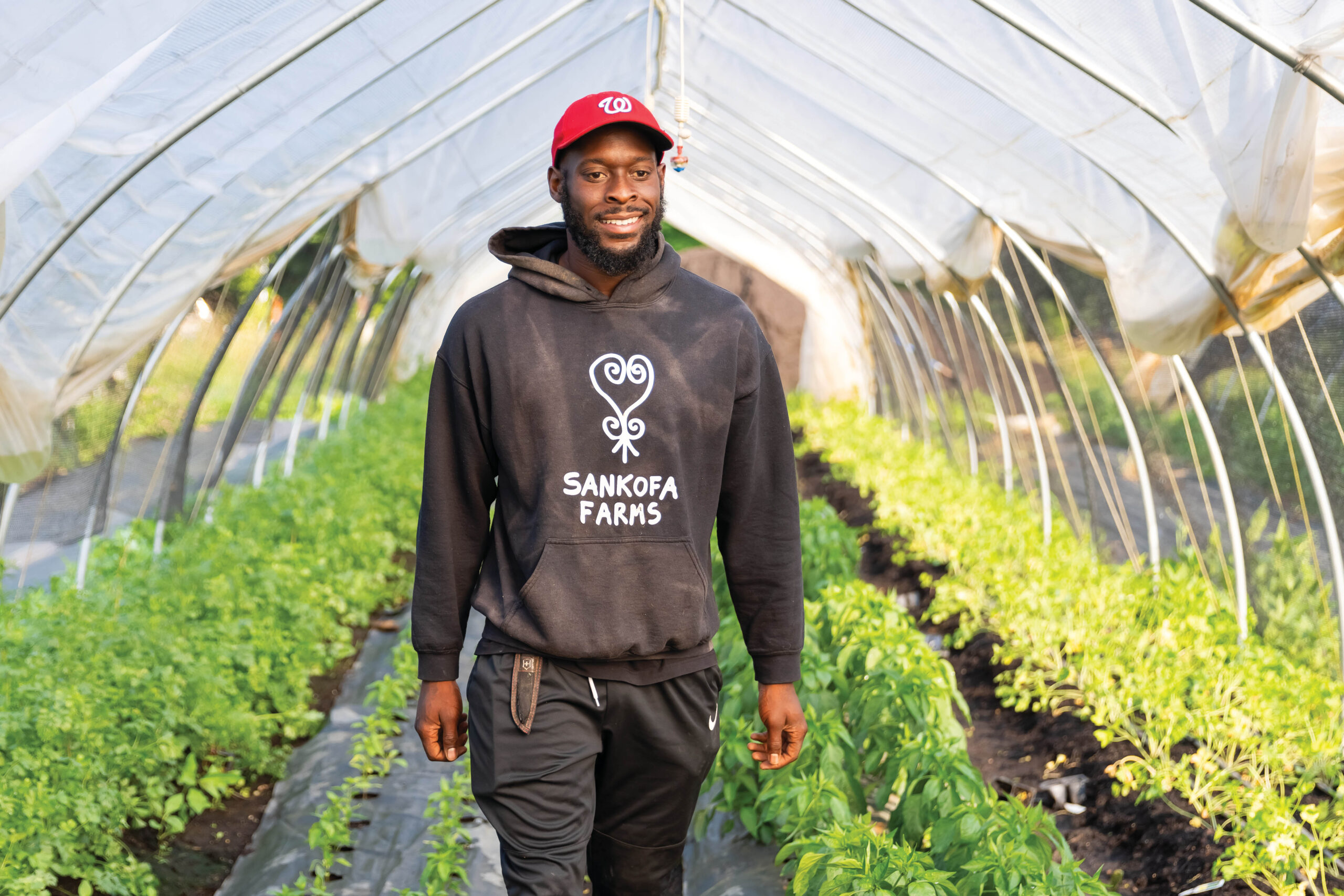
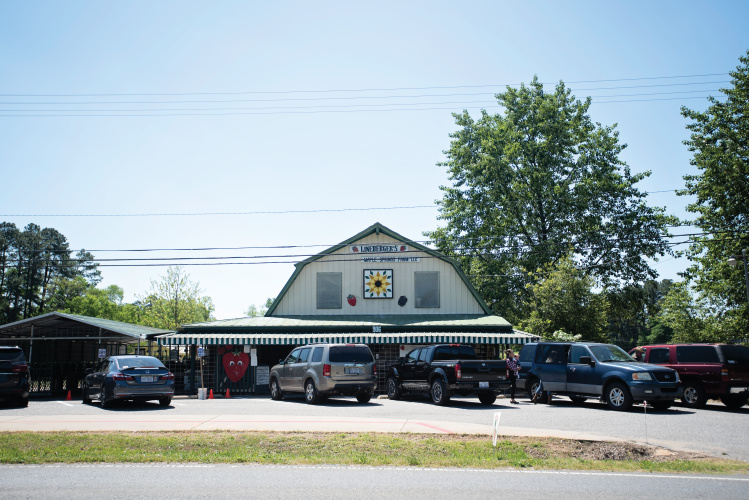
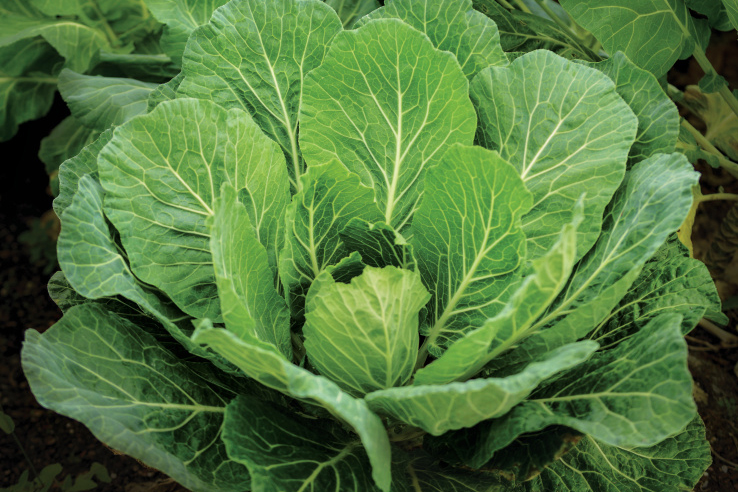
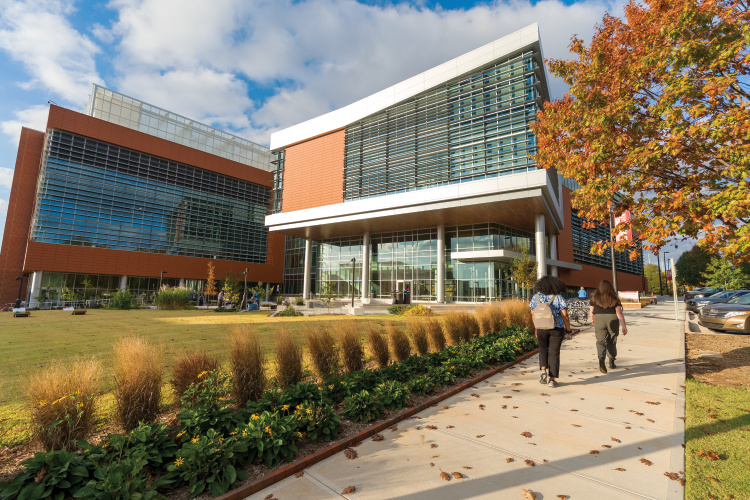


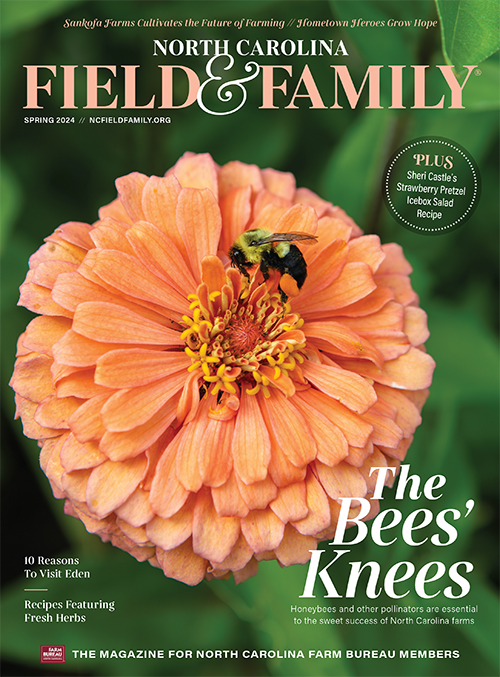 North Carolina Field and Family magazine highlights farms and foods, events and attractions, and interesting people and places throughout the state.
North Carolina Field and Family magazine highlights farms and foods, events and attractions, and interesting people and places throughout the state.
Kenneth Hurka
January 8, 2010 at 10:41 pm
We want to try raising strawberries in beds that are on legs, to make it easier to weed and pick the berries. We would have the sides high enough to have several inches of soil. Would the plants freeze too much in the winter.? Could they have straw or plastic wraped arpund the bottom and protect them enough./
We thought we could use wooden cattle feed troughts or bunks.
We are short on space and thought we could put these in areas that we can’t till. The watering wouldn’t be a problem.Do you know where this type of thing is being used? Thanks. Kenneth Hurka
Kenneth Hurka
January 8, 2010 at 10:44 pm
I sent a question, did it come through about raising strawberries? Krnnrth Hurka